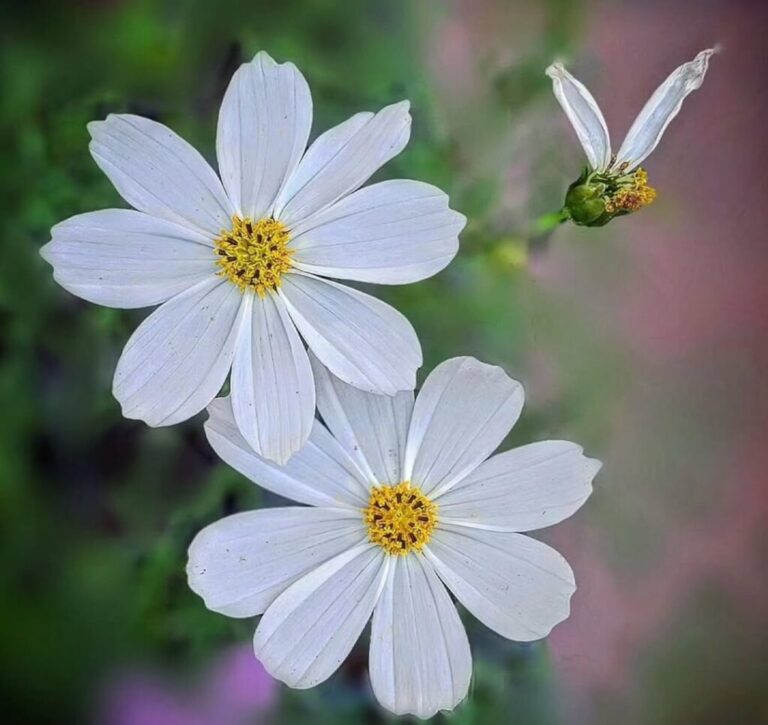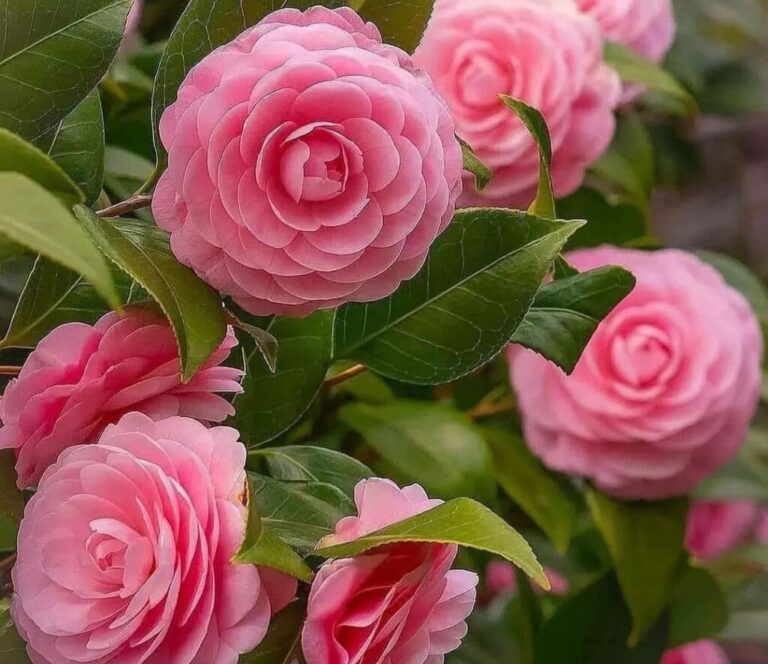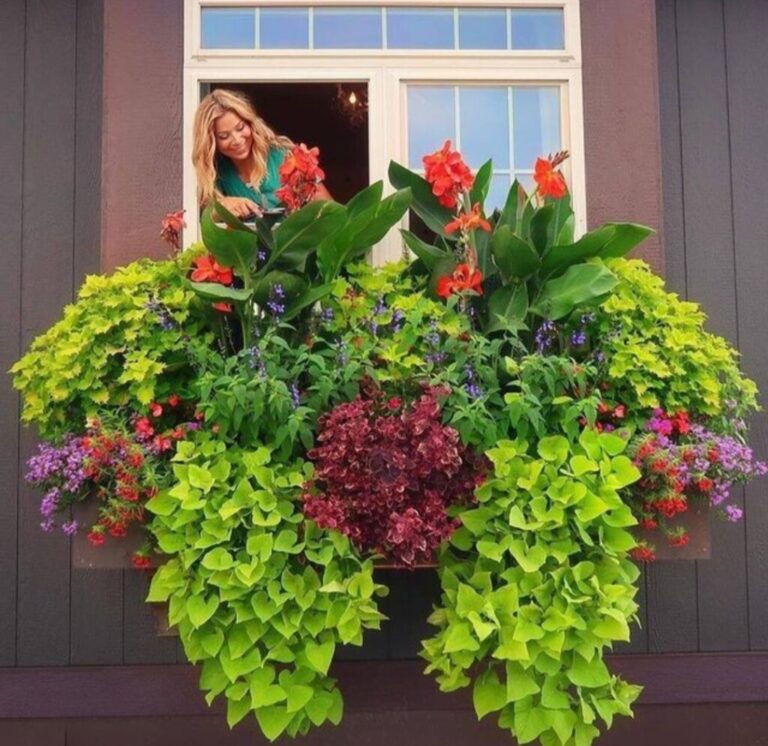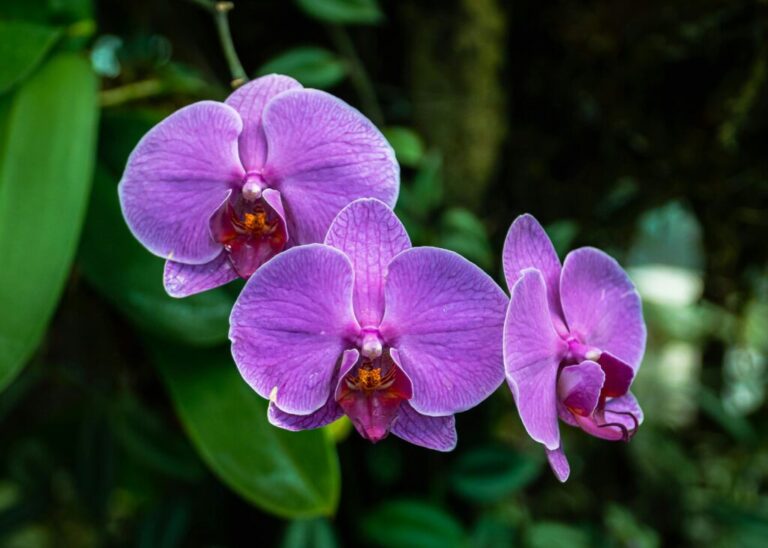Amaryllis is one of the most captivating flowers, prized for its vibrant blooms and elegant shape. Among the various varieties of Amaryllis, the Pink Amaryllis stands out for its soft, romantic hues and majestic appearance. Whether you’re planning to grow it indoors or outdoors, this guide will walk you through the 10 best care tips for beginners, ensuring your Pink Amaryllis thrives and blooms beautifully year after year.

- 1 1. Understanding Pink Amaryllis: A Quick Overview
- 2 2. Choosing the Right Location for Pink Amaryllis
- 3 3. Potting and Soil Tips for Indoor Amaryllis
- 4 4. Outdoor Planting for Pink Amaryllis
- 5 5. Watering Tips for Healthy Growth
- 6 6. Fertilizing Pink Amaryllis for Optimal Blooms
- 7 7. Managing Light and Temperature Needs
- 8 8. Pruning and Deadheading Pink Amaryllis
- 9 9. Dealing with Common Pests and Diseases
- 10 10. Preparing Pink Amaryllis for Winter Dormancy
- 11 FAQs
1. Understanding Pink Amaryllis: A Quick Overview
Before diving into the care details, it’s essential to know a bit about your plant. Pink Amaryllis is part of the Hippeastrum family, originally native to South America. Its large, trumpet-shaped flowers bloom in shades of soft to deep pink and stand tall on slender stems. This plant is known for being relatively easy to grow, making it perfect for beginners.
Origin: South America, particularly Brazil.
Characteristics: Bold, trumpet-shaped pink blooms; long, sturdy stems.
Best Growing Conditions: Well-drained soil, moderate temperatures, and bright but indirect light.
Understanding the specific needs of Pink Amaryllis will help ensure you meet its environmental requirements, leading to healthy plants and vibrant blooms.
2. Choosing the Right Location for Pink Amaryllis
The first step in growing a thriving Pink Amaryllis is finding the perfect spot, whether indoors or outdoors. Let’s break it down:
Indoor Care:
Pink Amaryllis needs plenty of bright, indirect light. A sunny windowsill or a spot where the plant can get at least 4-6 hours of light daily is ideal.
Avoid drafts: This plant is sensitive to temperature fluctuations, so place it away from drafts, air conditioners, and heaters.
Outdoor Care:
Pink Amaryllis prefers warm climates, making it suitable for USDA hardiness zones 8-10.
Plant it in a location with full to partial sun, ensuring it gets at least 6 hours of direct sunlight a day.
Choosing the right location will ensure your Pink Amaryllis grows strong and healthy, whether indoors or in your garden.
3. Potting and Soil Tips for Indoor Amaryllis
If you’re planting your Pink Amaryllis indoors, proper potting is crucial to its success. Here’s what you need to know:
Pot Size: Select a pot that is 1-2 inches larger in diameter than the bulb itself. The pot should be about 6-8 inches wide to allow room for growth but should not be too large.
Soil Type: Use a well-draining potting mix that’s slightly acidic (pH 6-7). A good option is a mix of peat, perlite, and pine bark.
Drainage: Ensure the pot has drainage holes to prevent water from accumulating at the bottom and causing root rot. If you have a decorative pot without holes, place the plant in a nursery pot that fits inside.
A well-chosen pot and the right soil mix will promote healthy root development, which is key to a healthy Amaryllis.
4. Outdoor Planting for Pink Amaryllis
Planting your Pink Amaryllis outdoors requires a little more preparation. Follow these steps for successful planting:
Planting Depth: Dig a hole deep enough to place the bulb 2-3 inches deep. The top of the bulb should sit just above the soil surface.
Spacing: Space your bulbs about 6-8 inches apart to ensure they have enough room to grow without overcrowding.
Companion Plants: Consider planting your Pink Amaryllis alongside daisies, lavender, or other low-growing perennials. These will not only enhance the beauty of your garden but also help create a balanced ecosystem that supports the Amaryllis’ growth.
Amaryllis plants thrive in warm environments, so choose a location that stays sunny and sheltered from strong winds.
5. Watering Tips for Healthy Growth
Watering is one of the most critical aspects of caring for your Pink Amaryllis. It’s essential to get it just right:
Frequency: Water your plant deeply when the soil feels dry to the touch, but avoid overwatering. Indoor plants typically need watering every 1-2 weeks.
Signs of Overwatering: Yellowing leaves and soft, mushy bulbs are signs that your plant is getting too much water. If you observe these signs, cut back on watering right away
Signs of Underwatering: If your Amaryllis wilts or if the soil feels excessively dry, it’s time to water. Don’t let the soil dry out completely, but also make sure it drains well.
The key is consistency.Keep an eye on the moisture content and modify your watering schedule as necessary.
6. Fertilizing Pink Amaryllis for Optimal Blooms
Fertilizing is essential to encourage vigorous growth and promote beautiful blooms. Here’s what you need to know:
Type of Fertilizer: Use a balanced, water-soluble fertilizer with equal parts nitrogen, phosphorus, and potassium (NPK). You can also use a specialized bulb fertilizer.
Frequency: Feed your Pink Amaryllis every 2 weeks during the growing season (spring and summer). Reduce the feeding during the dormant phase (fall and winter).
Organic vs. Synthetic: Both types can work well, but organic fertilizers like compost and fish emulsion are excellent for promoting long-term plant health.
Avoid overfertilizing because this might cause the foliage to expand excessively at the expense of the blooms.
7. Managing Light and Temperature Needs
Pink Amaryllis thrives with the right balance of light and temperature:
Light Requirements: Provide bright, indirect light for indoor Amaryllis. If growing outdoors, ensure it receives full sun to partial shade.
Temperature: The ideal temperature for Amaryllis is between 60-70°F (16-21°C). It’s essential to keep the plant away from cold drafts or sudden temperature changes, especially in winter.
Seasonal Adjustments: In winter, bring your Amaryllis indoors if it’s outside to protect it from frost.Store it in a warm, somewhat sunny area.
By meeting your Amaryllis’ light and temperature needs, you’ll encourage robust growth and beautiful blooms.
8. Pruning and Deadheading Pink Amaryllis
Once your Pink Amaryllis blooms, it’s time to maintain its health and appearance:
Deadheading: After your flowers have faded, remove them by cutting the flower stalk at its base. This prevents the plant from wasting energy on seed production and encourages another bloom.
Pruning Leaves: Allow the leaves to naturally yellow and die back after blooming. Prune the leaves only once they’ve turned brown.
Reblooming: If you’re growing Amaryllis indoors, give it a rest period of 8-10 weeks after blooming. Afterward, resume watering and fertilizing to encourage another bloom cycle.
Pruning and deadheading will keep your plant tidy and encourage new growth.
9. Dealing with Common Pests and Diseases
Like all plants, Pink Amaryllis is susceptible to a few pests and diseases. Keep an eye out for:
Common Pests: Aphids, mealybugs, and spider mites are the most common offenders. These can cause stunted growth and yellowing leaves.
Diseases: Watch for fungal diseases such as powdery mildew, which can spread quickly in humid conditions.
Treatment: Use neem oil or insecticidal soap to treat pests. For fungal infections, apply a fungicide or remove infected parts of the plant.
Early intervention will help protect your Pink Amaryllis and keep it healthy.
10. Preparing Pink Amaryllis for Winter Dormancy
Pink Amaryllis enters a dormant phase after blooming, especially in colder climates. Here’s how to care for your plant during winter:
Signs of Dormancy: The plant will naturally start to yellow and slow down as it prepares for rest.
Indoor Care: Reduce watering and stop fertilizing. Give the bulb six to eight weeks to rest in a cool, dry location.
Outdoor Care: In colder regions, dig up the bulbs after frost and store them in a cool, dry place until the next growing season.
Reviving: In spring, replant the bulb, resume watering, and start fertilizing for the next bloom cycle.
Winter dormancy is a natural process, and allowing your Amaryllis to rest will ensure it blooms again the following season.
Caring for Pink Amaryllis can be incredibly rewarding. By following these 10 essential care tips, you’ll ensure your plant thrives indoors or outdoors, bringing vibrant pink blooms into your home or garden year after year. Remember, the key to success is understanding the specific needs of Pink Amaryllis and providing the right conditions for growth. Happy gardening!
This guide covers every aspect of caring for Pink Amaryllis, ensuring beginners can confidently grow this stunning flower. From proper planting to seasonal care, these steps will help you nurture a beautiful and healthy plant.
FAQs
What is an Amaryllis plant?
Amaryllis is a flowering plant known for its large, vibrant blooms. It is often grown indoors as a winter holiday decoration, with blooms appearing in shades of red, pink, white, and orange. Amaryllis is also popular for gifting during the holiday season.
How do you care for Amaryllis?
Amaryllis care includes providing it with plenty of bright, indirect sunlight and watering it when the soil feels dry. It’s important to plant the bulb in well-drained soil and avoid overwatering to prevent rot. After blooming, reduce watering to allow the plant to rest.
When should I plant my Amaryllis bulb?
To enjoy blooms during the winter or holiday season, plant your Amaryllis bulb about 6-8 weeks before you want it to bloom. For optimal growth, plant it in the fall.
Why isn’t my Amaryllis blooming?
If your Amaryllis isn’t blooming, it could be due to insufficient light, improper watering, or the plant needing a period of dormancy. Make sure it gets enough bright light and consider resting the bulb after it finishes flowering by cutting back on watering.
Can Amaryllis be grown outdoors?
Yes, Amaryllis can be grown outdoors in warm climates (USDA Hardiness Zones 8-10). However, in cooler regions, it is typically grown as an indoor plant and brought outside during the summer months.
How do I get my Amaryllis to bloom again next year?
After your Amaryllis blooms, let the leaves continue growing to recharge the bulb. Once the blooming period is over, cut off the flower stalk but keep the foliage. After the growing season, allow the plant to rest for about 6-8 weeks before planting it again.
Can I grow Amaryllis in water?
Yes, you can grow Amaryllis in water using a vase or special water-growing container. Make sure the bulb does not sit in the water, as it can cause rot. Only the base of the bulb should touch the water.
Are Amaryllis toxic to pets?
Yes, Amaryllis bulbs and flowers are toxic to pets, especially cats and dogs. Ingestion can cause symptoms like vomiting, diarrhea, and drooling, so keep the plant out of reach of pets.
How do I store Amaryllis bulbs for the winter?
To store Amaryllis bulbs for the winter, allow the plant to go through its natural dormancy. Once the foliage has died back, remove the bulb, clean it, and store it in a cool, dry place until it’s time to replant.







